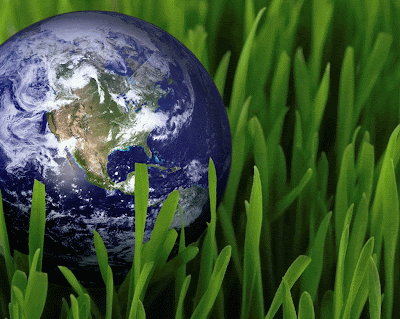Conserving our rare grasses
Grass is hardly rare on Planet Earth. Aliens arriving on our planet would probably immediately rush out of their spacecraft to go romp gleefully in the green, luscious, abundant stuff (and then order some grass-derived ice-cream). And they would be astounded to learn how our whole human civilization was spawned and is now maintained by a few tame cereal grasses, and how grass keeps husbands entertained on a Saturday afternoon watching balls being hit or kicked around on it.
Wild grasses abound on all but one continent: holding and feeding soil, soaking up solar energy and water, nurturing and sustaining hordes of myriad grazing and predatory creatures.
 |
| (Photo: @plainjerry) |
Although grasses flourish on Earth, grasslands are under threat in many places. Most of the famed American prairie has been lost to cropland. And here in South Africa, the Grassland Biome, which covers about one-third of the country, has been depleted by expansion of timber plantations, cultivation and by mining. Injudicious livestock practices and invasion by alien plants have also degraded the quality of large areas of extant grassland.
Despite
the loss of grasslands and depletion, and even close
extinction, of many non-grass plants that make up grasslands (and a number of dependant invertebrate and vertebrate species), few grass species are
actually under threat of imminent demise because of their resilience, adaptability and relatively large populations.
Wild rye (Secale africanum or Secale strictum (J.Presl) J.Presl subsp. africanum) is one such rare and endangered grass in South Africa. In the 20th Century, fewer than 50 individuals of the palatable perennial Roggras (as it is known in Afrikaans) were reportedly still surviving on only a few farms outside Sutherland, despite attempts by hares, birds, cattle and crop farmers (and the notorious cold) to wipe it out. Recently, another rare endemic and possibly endangered grass species (Helictotrichon roggeveldense) growing in the same area has been identified.
 |
| Wild rye / Roggras (Photo: Clement Cupido) |
In the mid 1770s, the famous botanist traveller, Carl Thunberg travelling through the Sutherland district noted that "These
(Rogge Velds) … have been so named from a kind of rye, which grows wild here in
abundance near the bushes.” William John Burchell (he of the eponymous zebra and coucal), however, noted less than 50 years later that “I saw none of the wild
rye which has been said to be so abundant as to give the name to this district [the Roggeveld region];
but this might be owing to the season of the year.” Thus, the steady demise of our only wild rye species appeared to have begun already by then.
But all is not lost. Nelmarié Saayman, a researcher from the Western Cape Department of Agriculture, and her colleagues have examined the feasibility of replanting cultivated Wild rye plants or seeds (along with other key species) into old crop lands in the Roggeveld district. Their research revealed that roggras germinates well in the nursery and planted tufts and germinating seeds will survive in fields when planted at the start of the wet season and if protected from livestock and other wild herbivores until established.
 |
| Cultivated Rye grass (Photo: Clement Cupido) |
Although specific efforts to rescue grasses facing extinction are laudable and necessary, the most effective means of conserving all the numerous and diverse type of plants occurring in indigenous grassland in the long-term will be to focus efforts on developing and implementing management procedures that maintain the overall health and integrity of our grasslands so they continue to deliver irreplaceable ecosystem goods and services to man and other beasts.
 |
| (From: www.http://wallpapertree.com) |






